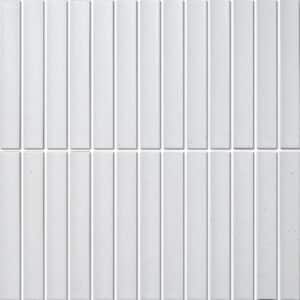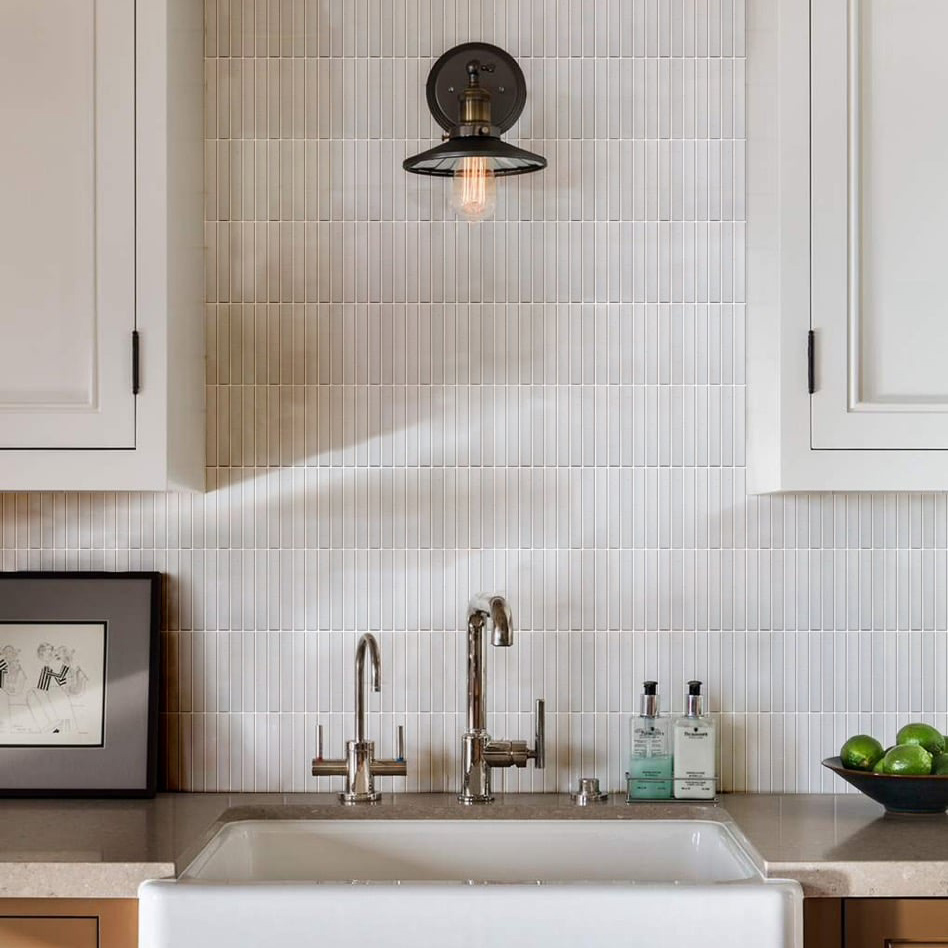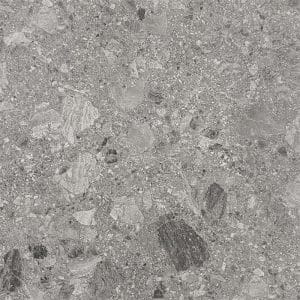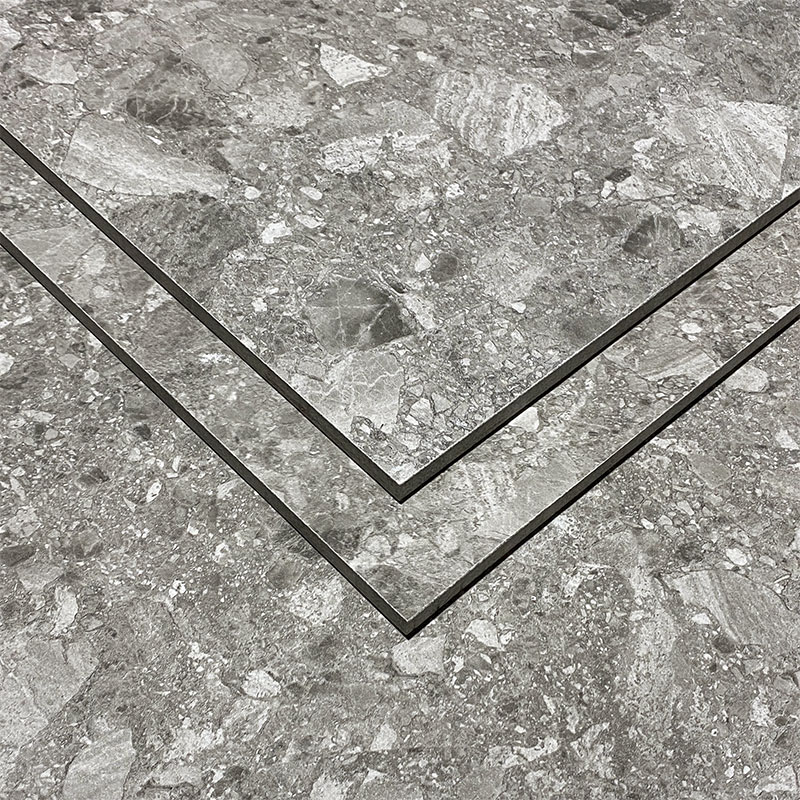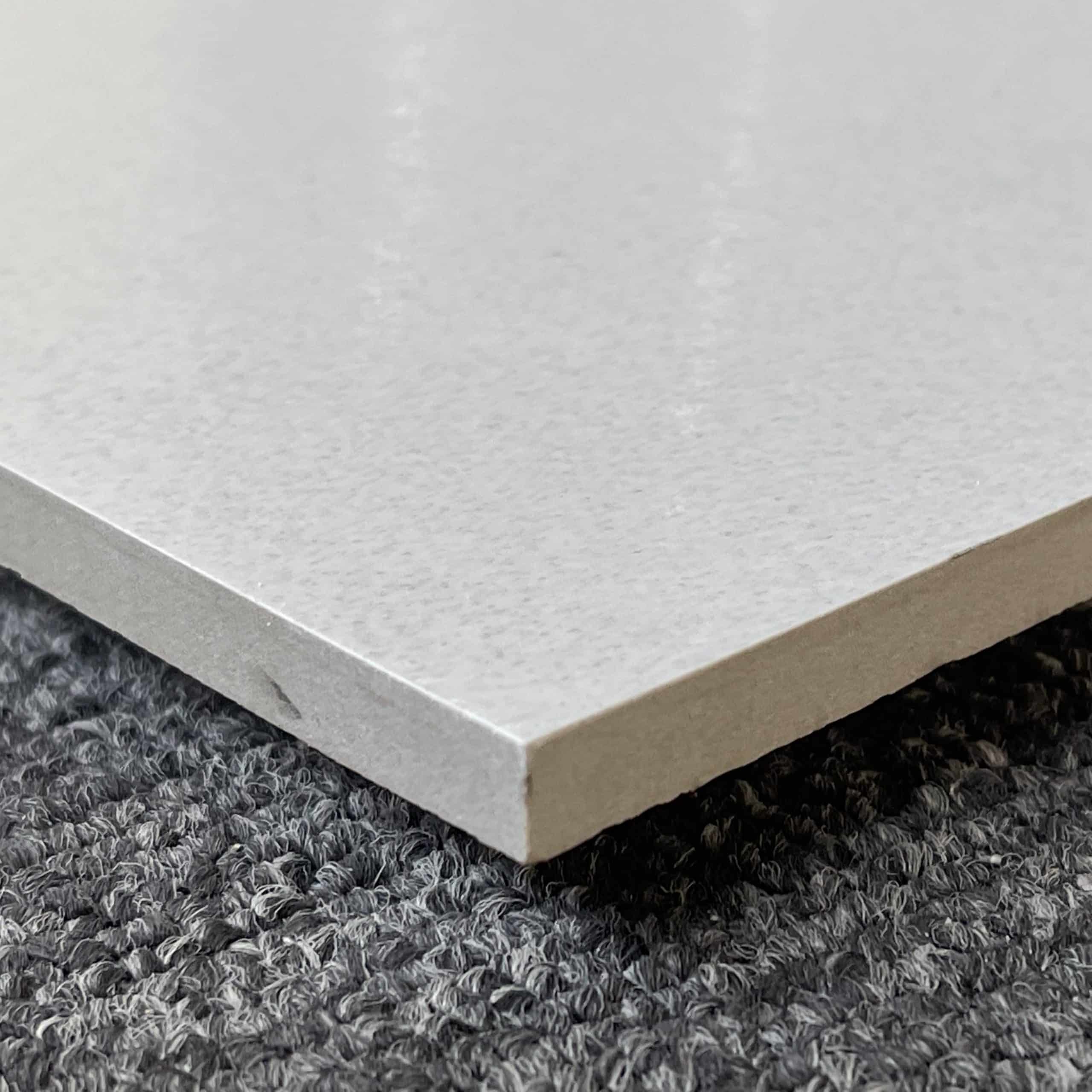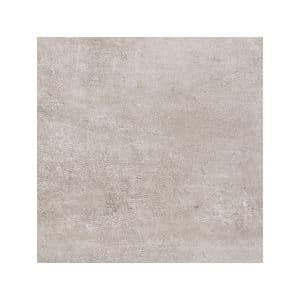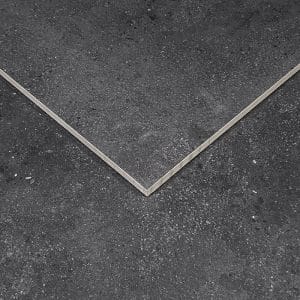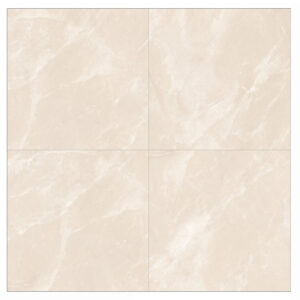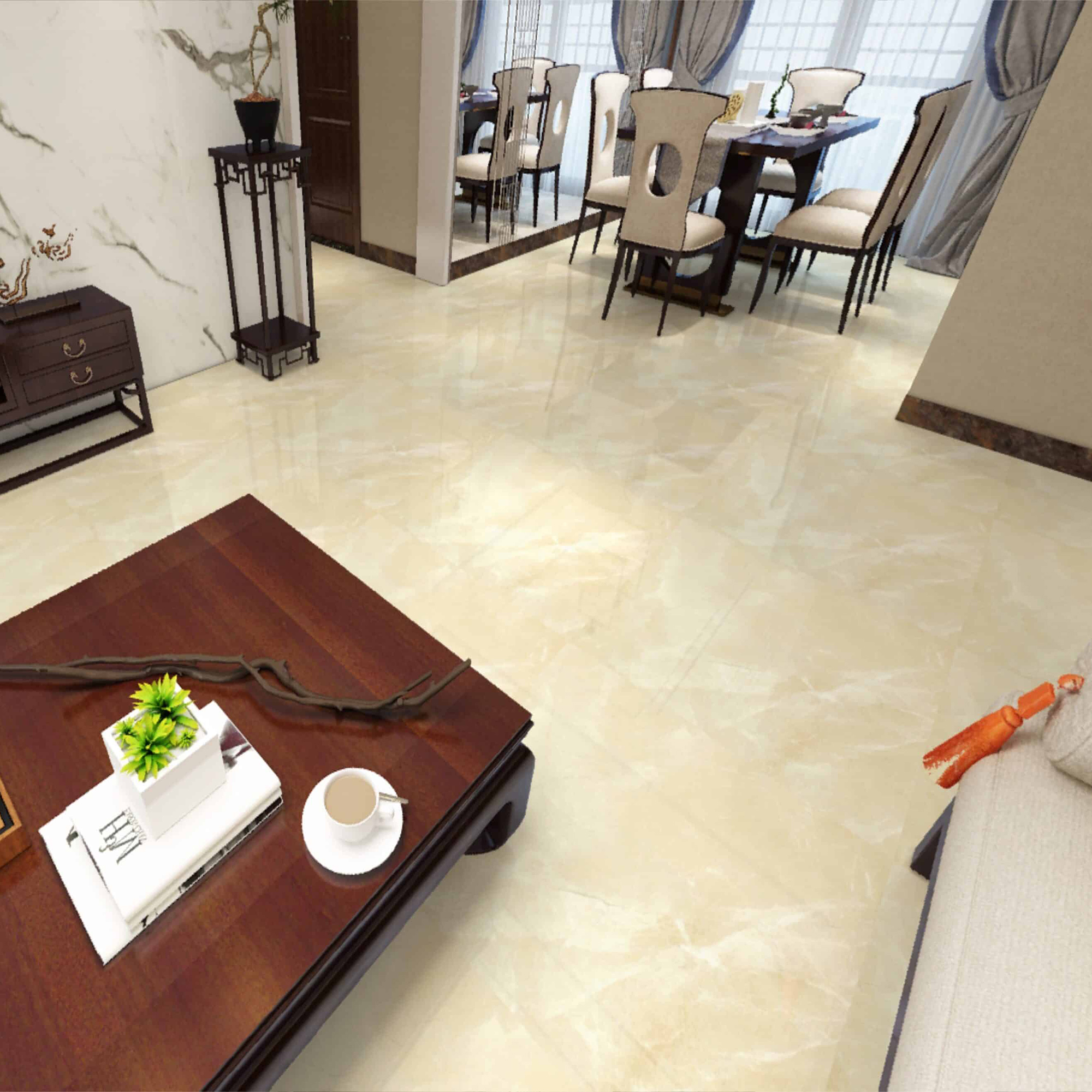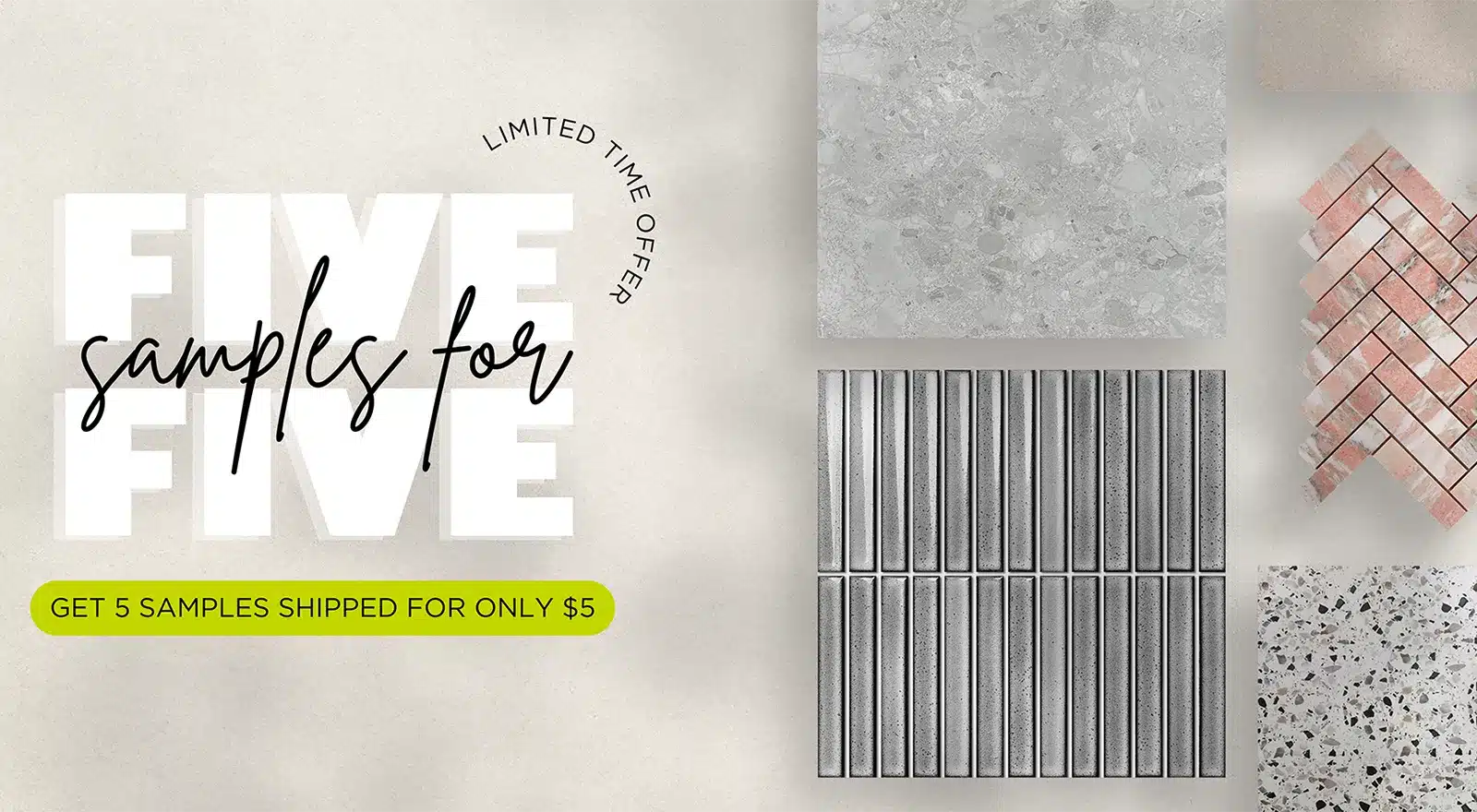Porcelain Tiles vs Marble Tiles
With their cool, shiny feel, both porcelain tiles and marble tiles are popular materials for creating a clean, modern look, and they also offer a certain feeling of luxury in both indoor and outdoor areas. But when it comes to choosing which to use for your project, things can become a little confusing.
Below, we’ll walk you through the differences between porcelain tiles and marble tiles, helping to make the decision making process much simpler. We’ll explore their durability, lifespan, cost, and more, as well as take a look at what project and space each type of tile is best suited for.
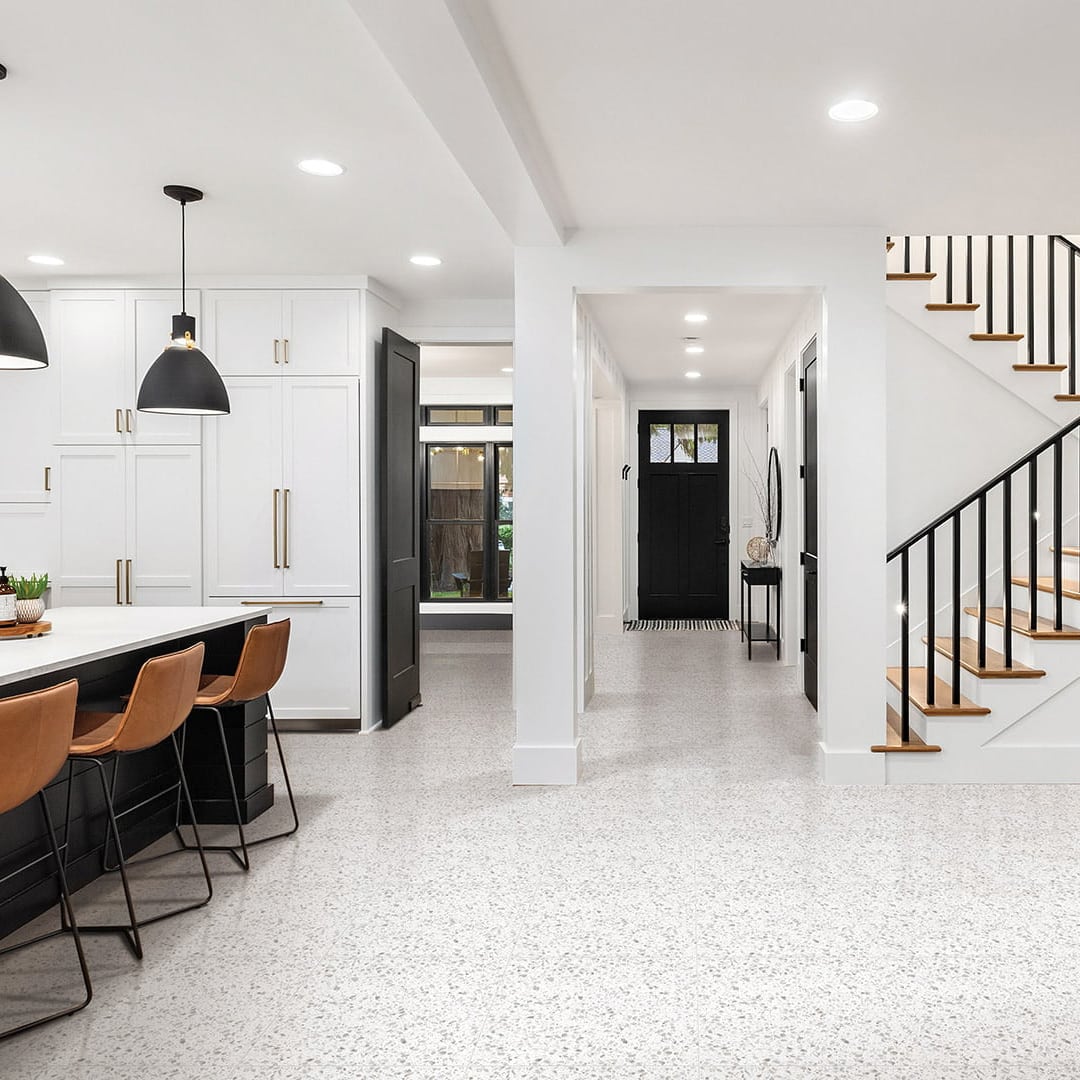
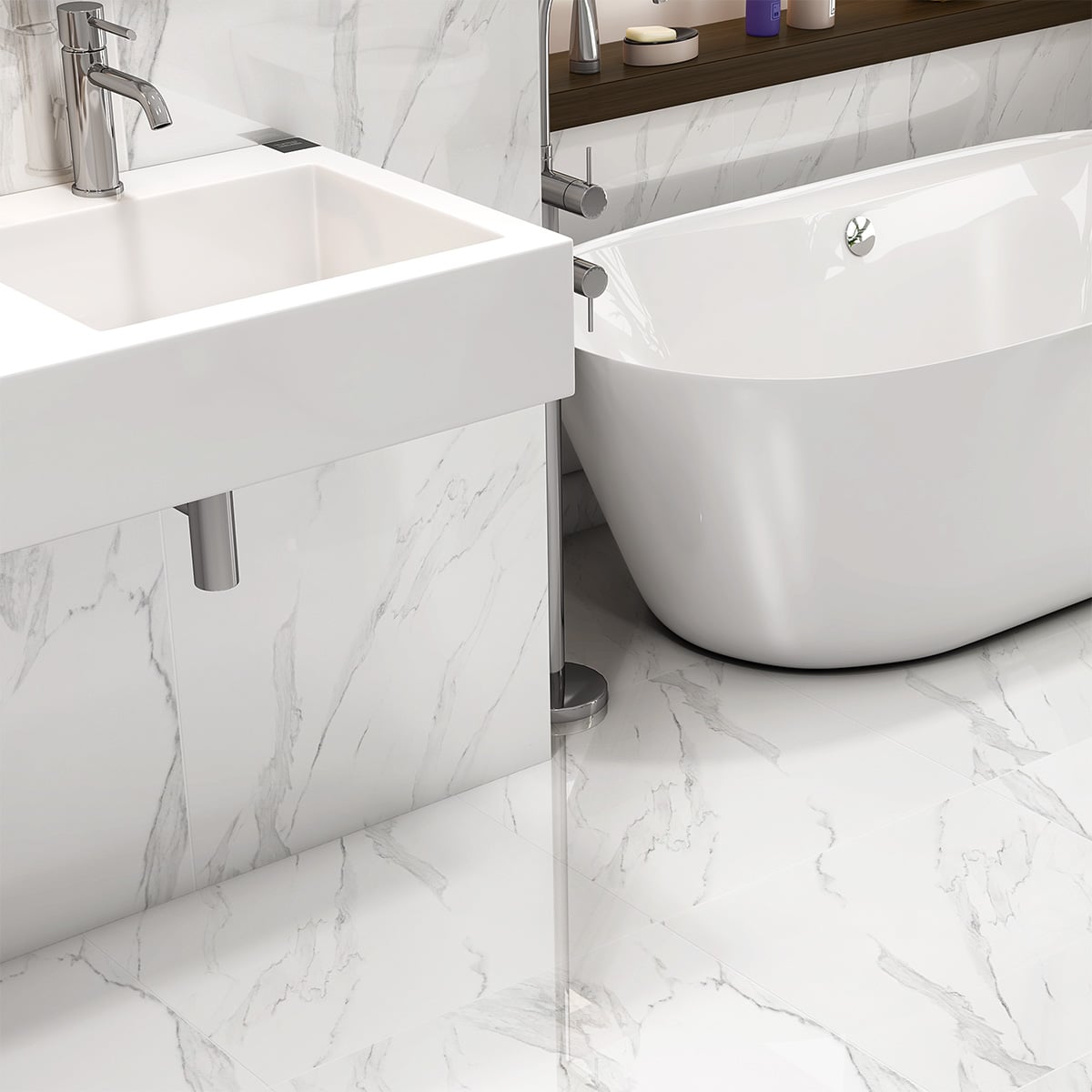
Porcelain Tiles vs Marble Tiles at a Glance
Let’s kick things off by taking a quick look at the differences between porcelain and marble in line with the most important things you need to look out for when choosing any kind of tile.
| Porcelain Tiles | Marble Tiles | |
|---|---|---|
How They Are Made |
Porcelain tiles are made by mixing white clay, finely ground sand, and feldspar together. This is then pressed into a mould, left to dry to any excess moisture evaporates, and then heated at very high temperatures. | To make marble tiles, huge slabs of marble are removed from quarries and then taken to a factory, where they are divided into smaller sections. From these sections, tiles are cut before being smoothed down to create that famous, glossy finish. |
Durability |
The manufacturing process makes porcelain tiles both dense and heavy, which results in a super durable tile. They are also less prone to cracking and chipping in outdoor areas. | Marble tiles are very durable as well, although they don't have the added strength that the firing process brings to porcelain tiles. They also tend to stain more easily, making them less suited for oven surrounds. |
Lifespan |
When properly cared for, porcelain tiles can last up to 75 years. | A slightly longer lifespan, marble tiles can last for up to 100 years when properly maintained. |
Cost |
Of the two materials, porcelain tiles are the least expensive, making them the better choice for people working with a lower budget or trying to save money on their projects. | Marble tiles are notoriously expensive, and while they offer longevity, both installation costs and ongoing maintenance requirements will also add to their expense. |
Ease of Cutting |
Porcelain tiles are easier to cut and shape than marble tiles, although harder than ceramic tiles. So, if you want to try cutting tiles yourself, you might find that ceramic tiles are a better choice altogether. | Marble tiles require professional help to cut into shape, as a wet saw and diamond-encrusted blade are needed. |
Water Absorption |
As they are completely non-porous, porcelain tiles are incredibly water resistant. This makes them less prone to stains, water damage, and cracking and also makes them a good choice for installing in outdoor areas. | Marble tiles are also very water resistant. However, unlike porcelain tiles, they require regular sealing and coating to stop them from absorbing water. |
Maintenance |
Porcelain tiles are easier to clean and maintain than marble tiles and can be kept looking good with a simple daily cleaning spray and an occasional deep clean. They're also highly stain resistant, which helps with ongoing maintenance. | To stop scratches and stains from forming, marble tiles need to be regularly sealed and polished using a specialist cleaner. |
Best Used For |
As they are water resistant, stain resistant, and highly durable, porcelain tiles are best used on kitchen and bathroom walls where regular splashes and staining risks are higher. They are also a better choice if you're tiling an outdoor area since their durability and low water absorption rate prevent them from cracking. | Marble tiles are best used for kitchen floors, bathroom flooring, and other high traffic floors, where their strength will hold up against foot traffic without cracking. They also make a good choice for kitchen countertops, but there is a risk of staining when doing this. |
Pros & Cons of Porcelain Tiles
As you can see, there are some clear differences between porcelain tiles and marble tiles. But what are the pros and cons of each? Let’s take a closer look at porcelain tiles first of all.
What Are the Benefits of Porcelain Tiles?
One of the biggest benefits porcelain tiles offer compared to marble tiles is cost. Far less expensive, they make it possible to create a beautiful, uniform space without breaking the bank, which is particularly useful if you’re trying to limit your spending when decorating.
Porcelain tiles are also much easier to cut than marble tiles, making them a better choice for laying in awkward spaces. They’re much easier to clean and maintain as well, and with their water resistant and stain resistant properties, they don’t need regular sealing or specialist cleaning solutions like marble tiles.
Their durability is another huge benefit of porcelain tiles, and they are ideal for areas of the home that see high traffic. This durability also makes them more suitable for outdoor spaces.
What Are the Disadvantages of Porcelain Tiles?
The biggest disadvantage of porcelain tiles is that they don’t offer the same unique appearance as marble, as they are manufactured uniformly. Marble tiles, on the other hand, have a beautiful, interesting grain, and no tiles will look the same. So, if you’re looking to create a one-of-a-kind focal point, marble tiles are the better choice.
Compared to marble tiles, porcelain tiles have a slightly shorter lifespan of 75 years. This isn’t a massive issue for most people, but if you’re looking to create a space that can be enjoyed for generations to come, marble is the best way forward.
Who Are Porcelain Tiles Best For?
Porcelain tiles are best for areas that are at risk of water splashes, regular steam, or staining, such as kitchen and bathroom walls. They are also a good choice if you’re tiling an outdoor area, as their water resistance and durability mean they won’t crack in adverse weather.
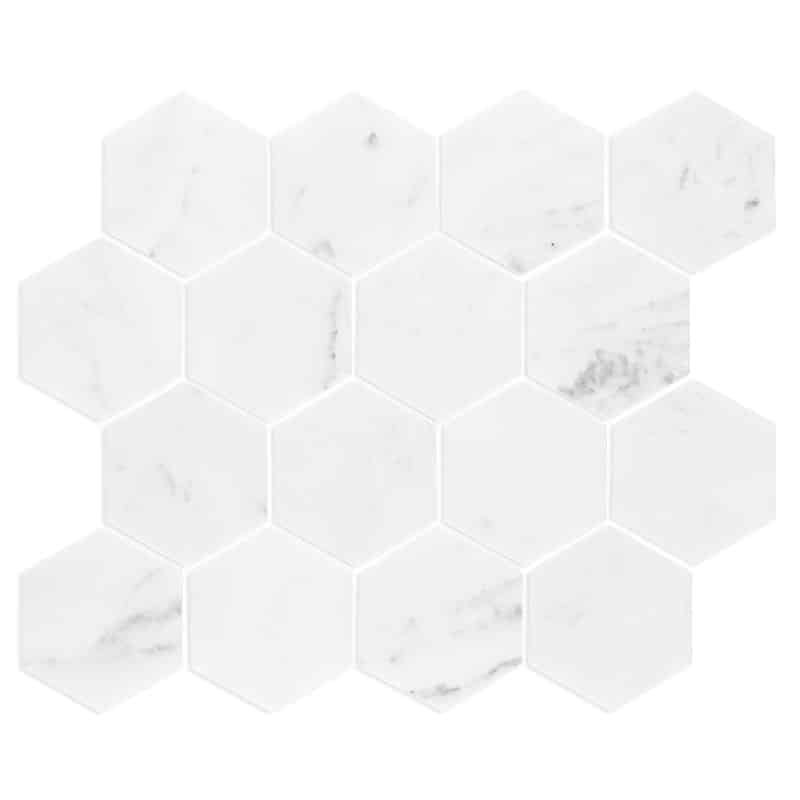
Carrara Marble Large Hexagon Mosaic Natural Stone Tiles 305×285
$195.95 $179.95 / square metre
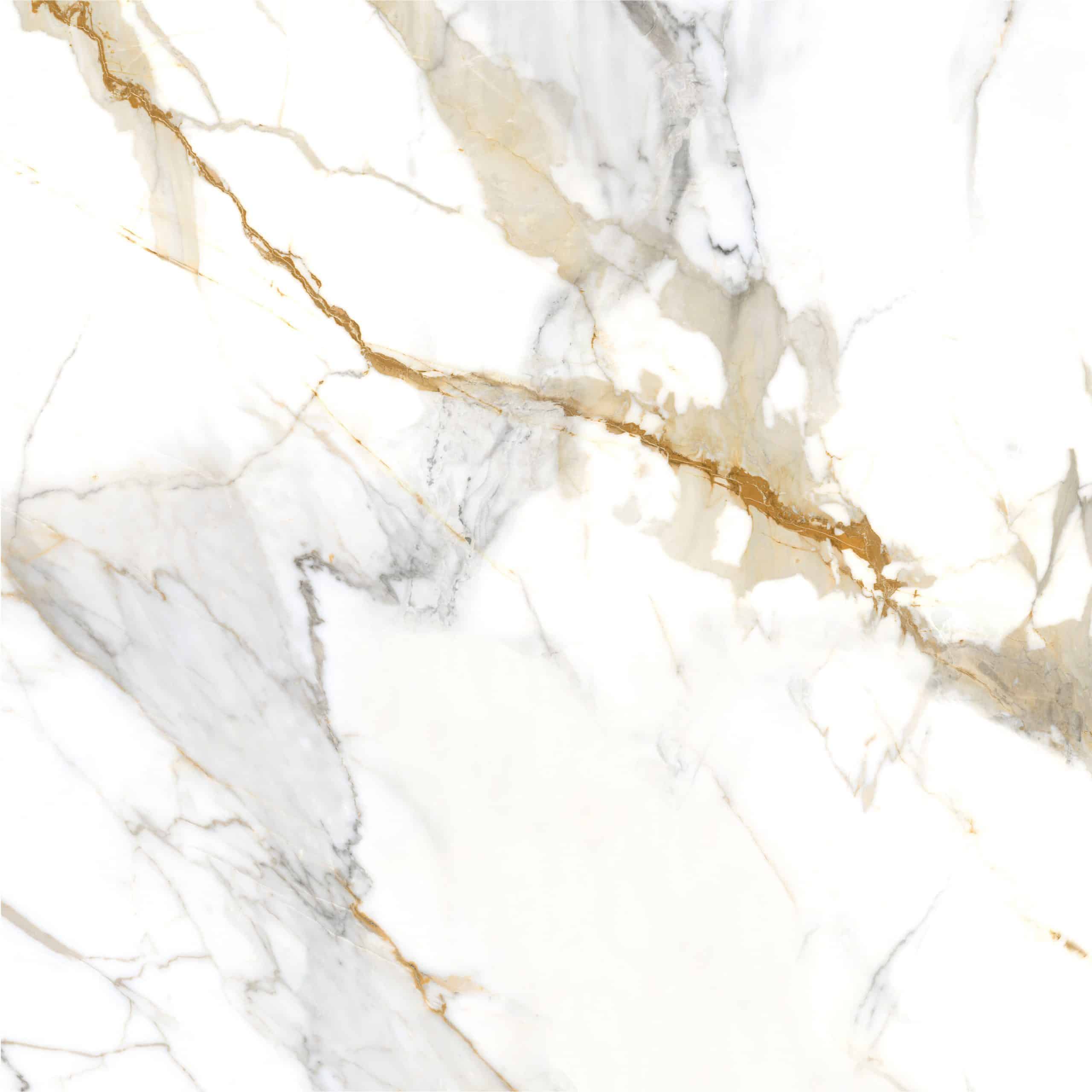
Calacatta Roma Gold Matt Internal Tiles 600×600
$39.95 $24.95 / square metre
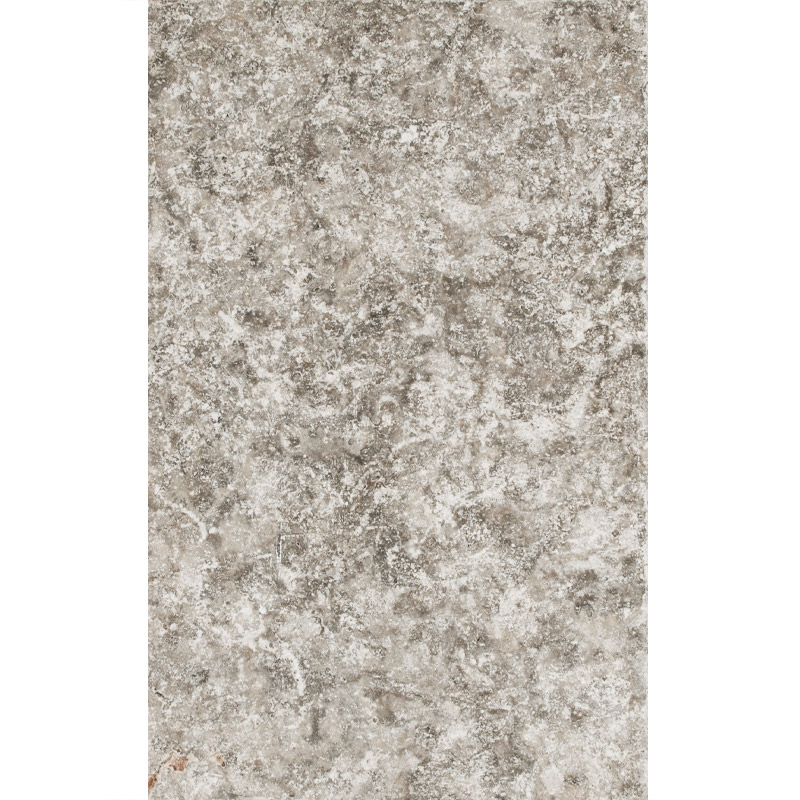
Silver Travertine Filled and Honed Stone tiles 406x610x12
$125.00 / square metre
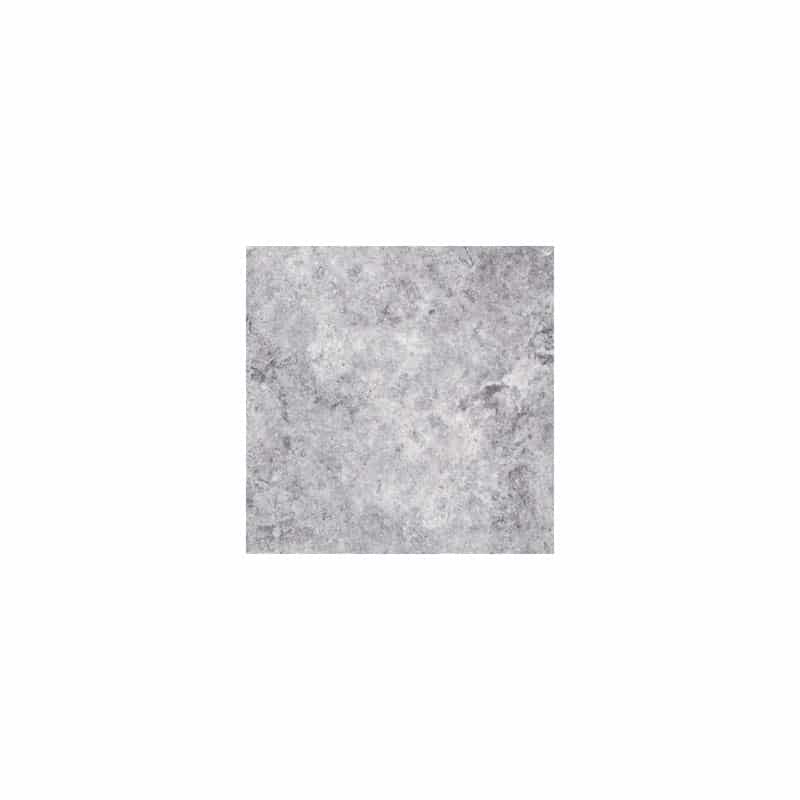
Silver Travertine Honed and Filled Stone tiles 300×300
$115.00 / square metre
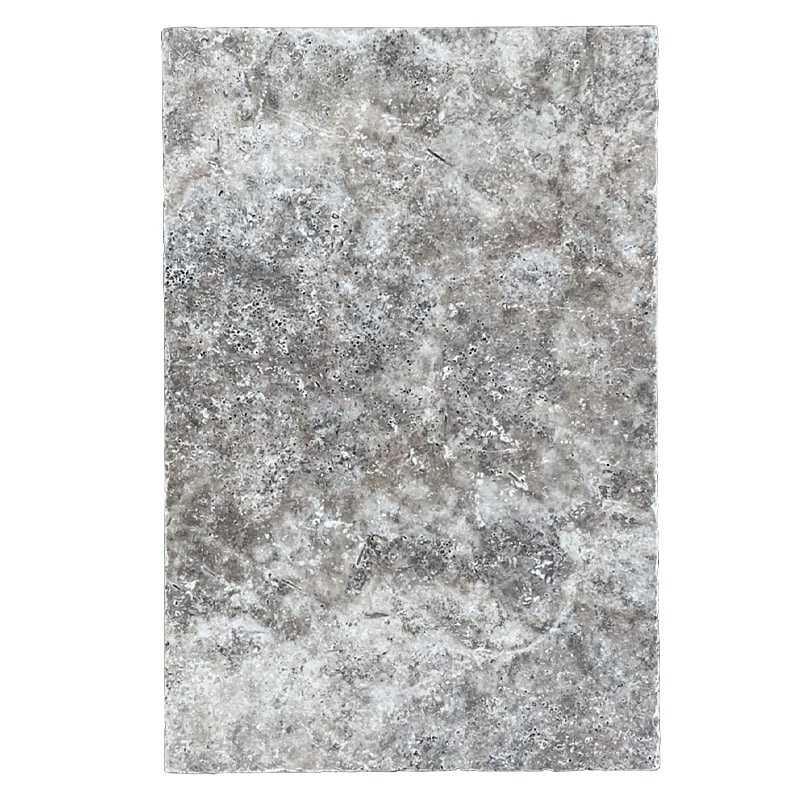
Silver Travertine Tumbled Stone pavers 406x610x30
$119.95 / square metre
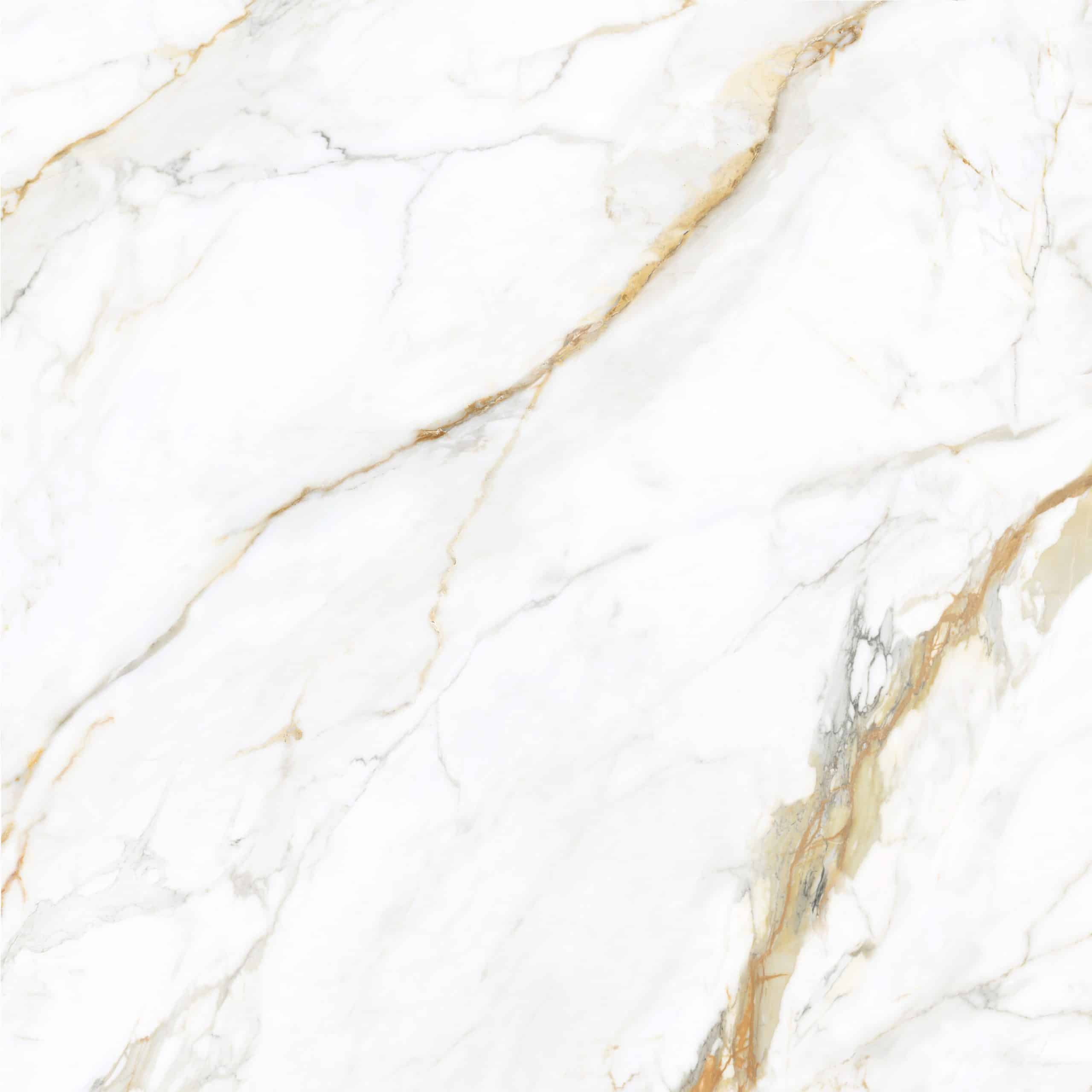
Calacatta Elche Vagli Polished Internal Tiles 600×600
$44.95 $29.95 / square metre
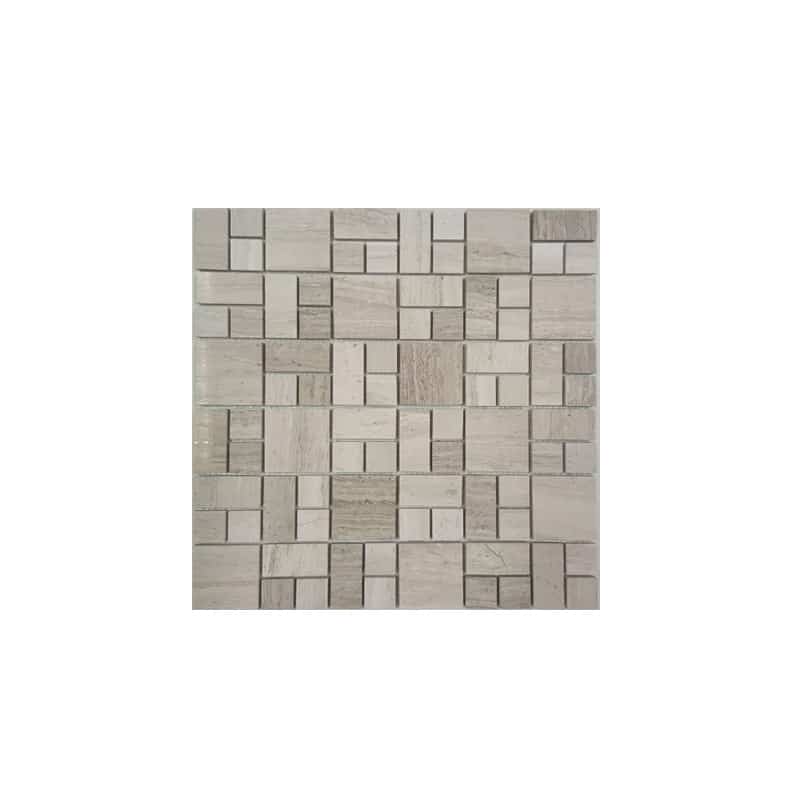
Marble Coffee Stone Mosaic tiles 302×302 sheet
$27.50 / sheet
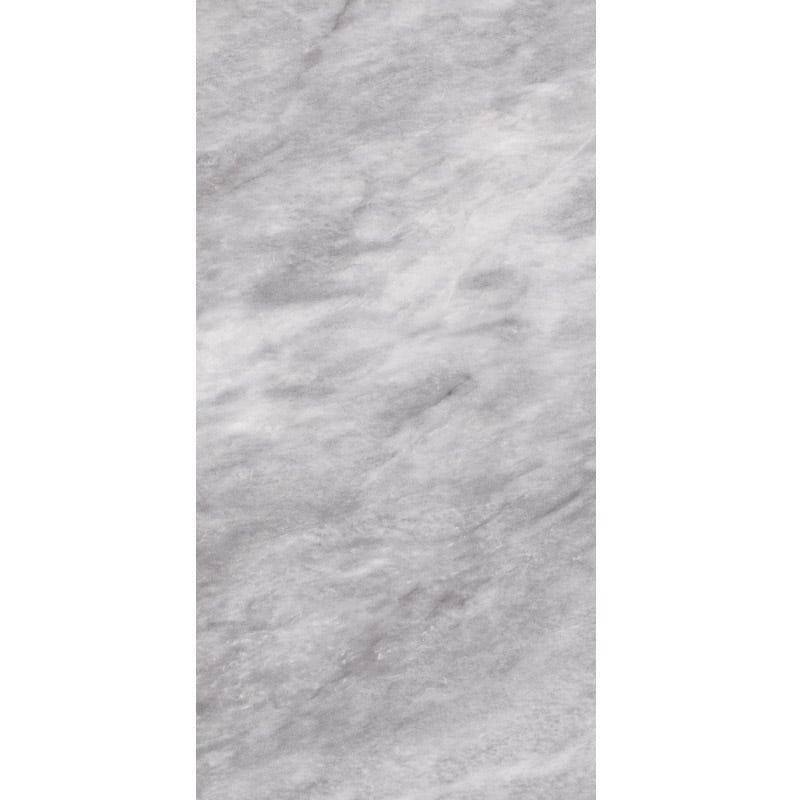
Bardiglio Marble Honed and Polished Stone tiles 300×600
$130.00 / square metre

Carrara Marble Small Hexagon Mosaic Natural Stone Tiles 280×295
$164.95 $149.95 sheet
Pros & Cons of Marble Tiles
Now, let’s take a deeper look into the benefits and disadvantages of marble tiles.
What Are the Benefits of Marble Tiles?
One benefit that marble tiles bring to the table that porcelain tiles can’t is the unique pattern (known as marbling) that runs through them. This makes them a better choice if you want something unique to you or you want to create something with a little more interest.
Marble tiles also have a longer lifespan than porcelain tiles and can last up to 100 years when properly glazed and maintained, so they’re ideal if you’re looking to create something that lasts far into the future.
What Are the Disadvantages of Marble Tiles?
Marble tiles are undeniably beautiful, but they aren’t without issues. For starters, they are one of the most expensive materials out there. So, if you’re looking to stick to a lower budget, it would be best to choose porcelain tiles.
They are also harder to maintain and clean than porcelain tiles and require sealing regularly to keep them water resistant and to prevent stains. Likewise, you’ll need a special cleaning spray that is designed for marble tiles, as regular cleaning sprays can contain chemicals that might cause damage to natural stone.
Another disadvantage of marble tiles is that they need professional installation and cutting. This, along with the initial price of the tiles, can make the overall cost rise quite dramatically.
Who Are Marble Tiles Best For?
Marble tiles are best suited to people who want to create a unique, luxurious look in their homes. They are also a good choice for flooring as their durability can withstand heavy foot traffic, and they are less likely to suffer from water damage or stains.
Final Thoughts on Choosing Between Porcelain & Marble Tiles
There’s plenty to keep in mind when you’re choosing between marble tiles and porcelain tiles. However, the general consensus is that porcelain tiles offer you more bang for your buck, as not only are they cheaper, but they are slightly more durable, have excellent water and stain resistance, and are easier to cut, fit, and maintain. That doesn’t mean marble tiles should be dismissed altogether though, and if you’re looking to create a luxurious, unique space, they bring plenty to the table.

